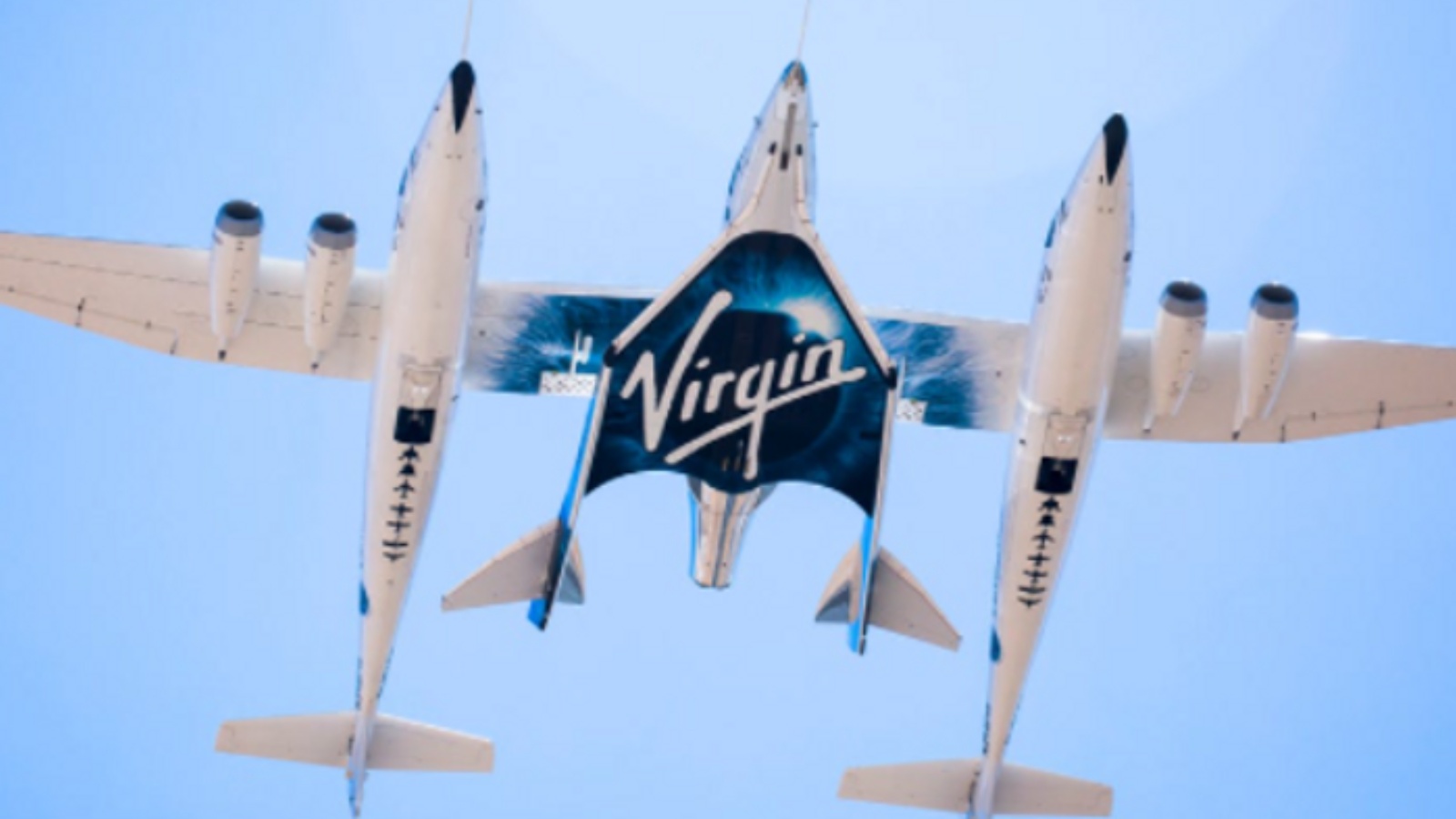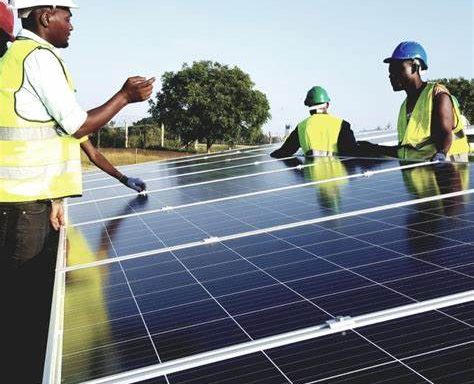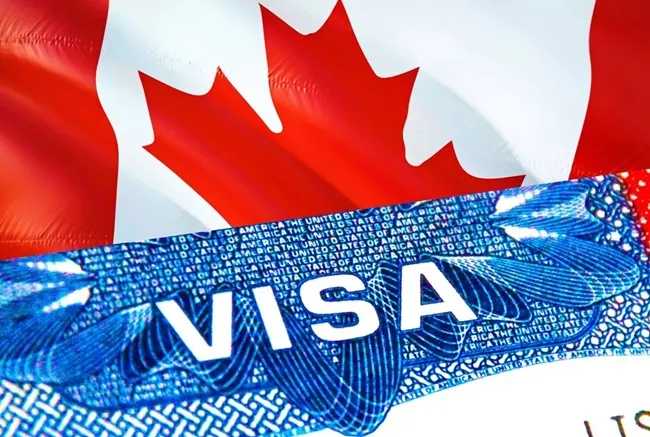Virgin Galactic charged customers as high as $450,000 each to take them to space, as the company intensifies competition with Blue Origin and SpaceX.
On Thursday, the customers were flown to space around 8:30 am local time (1430 GMT) with a giant, twin-fuselage “mothership” aircraft at Spaceport America, New Mexico.
Join our WhatsApp ChannelA rocket-powered plane was released from the mothership or carrier plane to continue the journey into space after the carrier gained high altitude and separated from the rocket-powered plane called VSS Unity.
The VSS Unity, which carried six crew members, who were not tourists, landed back on Earth around 4.45 pm after a 90-minute flight to around 50 miles above the Earth.
Note that NASA and the US Air Force describe 50 miles as the border of space, while 62 miles high above Earth is considered as the internationally recognized boundary, called Karman Line.
The tickets to join Virgin Galactic were sold at various prices, after 600 tickets were sold between $200,000 to $250,000, from 2005 to 2014.
Also, the Virgin Galactic ticket cost 200 people $450,000 each since 2014 before its first space tourism on Thursday.
This is the first commercial flight by Virgin Galactic after its owner, Richard Branson, travelled to space on a test run almost two years ago.
The crew, which consists of Italian Air Force Colonel Walter Villadei and Lieutenant Colonel, Angelo Landolfi, National Research Council of Italy engineer and Italian Air Force researcher, Pantaleone Carlucci, and Virgin Galactic’s Colin Bennett, were on a government-funded research mission.
In August, Virgin Galactic will conduct its first tourist mission for paying customers, but it will compete with SpaceX, owned by Elon Musk, and Blue Origin by Jeff Bezos.
Although that of Blue Origin is delayed due to an accident in September 2022. While Blue Origin remains grounded, the company plans to resume its spaceflight soon according to a statement in March.
SpaceX has partnered with some companies to make its space travel into Earth orbit or to the International Space Station possible.
















Follow Us